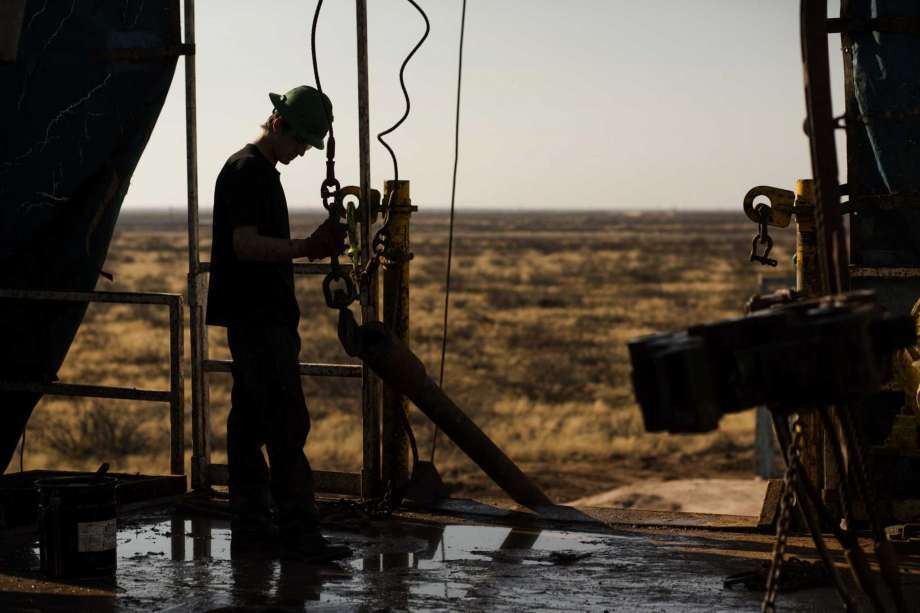
The latest shale drilling boom is driving unemployment to the lowest levels in years in many of the areas that encompass the Permian Basin, a 17-county region that spans West Texas and eastern New Mexico, according to data compiled by the Permian Basin Regional Planning Commission, a cross-border coalition geared toward diversifying the region’s economy.
Reeves and Ward Counties, in the heart of a Permian sub-basin called the Delaware, are seeing unprecedented growth in oil and gas development; Winkler County, also in the Delaware, has become an active sand mining hub, driven by demand from hydraulic fracturing, which pumps vast amounts of water and sand under high pressure to crack shale rock and release oil and gas.
In February, Permian Basin Regional Planning Commission examined the workforce in the Permian region and found that its unemployment rate is at 2.9 percent, much lower than the Texas rate of 4 percent and national average of 4.1 percent. Unemployment in the region has plunged nearly 2 percentage points over the past year, pushing joblessness to levels not seen the end of 2014, a year when oil soared above $100 barrel. Nearly every county in the region has unemployment rates below the state average.
But there is a downside to the Permian’s boom, namely acute labor shortages. Nearly all of the workers who want jobs in the Permian’s 17 counties are employed, according to the Planning Commission. This has been good for workers, who are getting more hours and earning more money. As oil production rises, companies need even more workers, but fewer people are looking for oil industry jobs, according to a survey by the Federal Reserve Bank of Dallas.
As one unnamed company summed it up in the survey, “The labor shortage in West Texas is only getting worse.”
Some of this labor shortage is coming from a drain of workers and equipment after 2016, when oil prices tanked, companies scaled back operations and many workers in the industry left the boom-and-bust industry for good. As oil prices picked up in December, services companies still reported a shortage of workers for 50-person fracking crews, forcing companies to leave hundreds of wells untapped for months.
Unemployment rates in Midland and Odessa, two Texas cities at the heart of the Permian Basin, gauge the how quickly the labor market has tightened. In August, Midland and Odessa had 3.2 percent and 4.3 percent unemployment rates, respectively. Six months later, unemployment in Midland slid to 2.5 percent and Odessa’s to 3.2 percent.
As labor remains in short supply, companies are going further afield to find workers and paying them more, increasing production costs and shrinking profit margins. With oil trading between $60 and $65 a barrel, lower unemployment rates in Midland, Odessa and neighboring communities could mean that output in the Permian will slow.
This article first appeared on the Houston Chronicle – an Energy Voice content partner. For more from the Houston Chronicle click here.